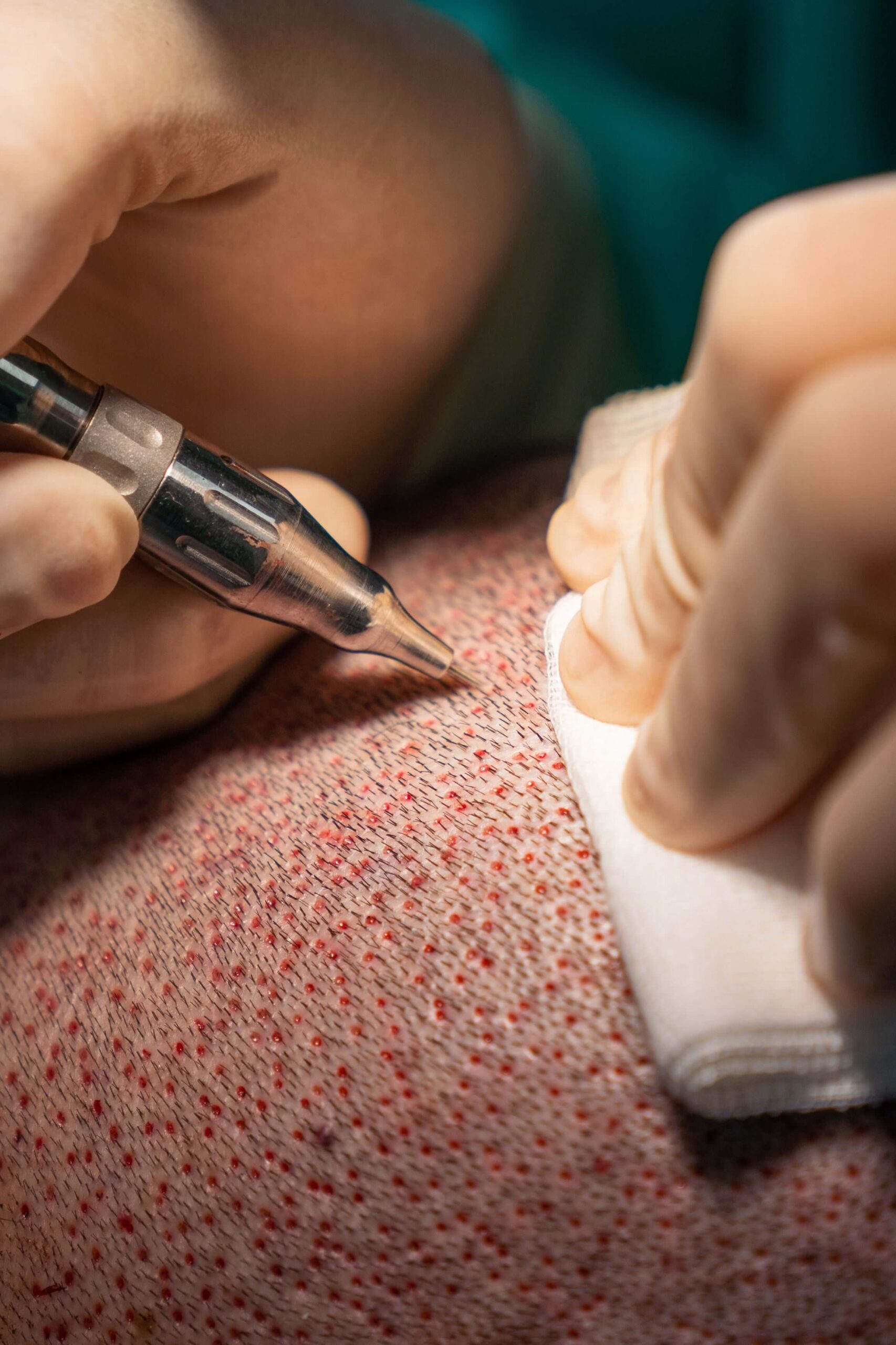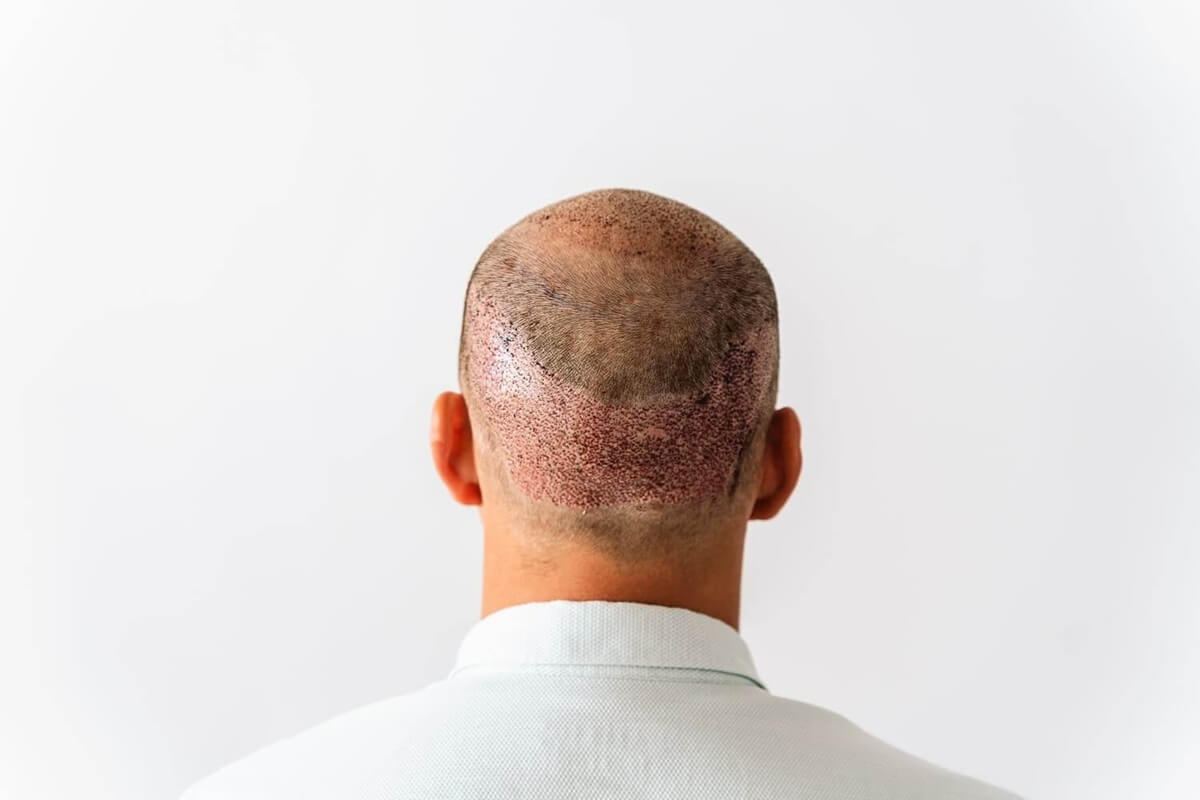Hair transplant surgery has evolved dramatically over the years, with technological advancements playing a pivotal role in enhancing the efficacy and precision of the procedure. Among the latest breakthroughs is the robotic hair transplant system, which uses state-of-the-art robotic technology to achieve highly accurate and consistent results. This innovative approach is reshaping the landscape of hair restoration, offering patients a reliable and minimally invasive solution to hair loss. In this article, we delve deep into robotic hair transplant technology, its benefits, how it works, and why it might be the perfect solution for those seeking hair restoration.
Understanding Robotic Hair Transplant Technology
What is Robotic Hair Transplant?
Robotic hair transplant refers to the use of advanced technology and artificial intelligence to automate the follicular unit extraction (FUE) hair transplant process. Systems like ARTAS and Neograft have become synonymous with robotic hair transplantation. These systems utilize sophisticated algorithms and robotics to accurately identify and extract hair follicles and implant them in balding areas, ensuring a natural-looking result with minimal human error.
How Does Robotic Hair Transplant Work?
The robotic systems are designed to enhance the precision of hair follicle extraction and implantation. Here’s a step-by-step overview of the process:
- Digital Imaging and Planning: The system begins by mapping the patient’s scalp with high-resolution digital imaging. This allows the surgeon to design a personalized hairline while considering factors such as hair density, angle, and direction.
- Follicle Extraction: The robot utilizes advanced algorithms to selectively identify and extract the healthiest donor follicles. This automated process minimizes damage to hair follicles, ensuring optimal transplant viability.
- Follicle Implantation: Once extracted, the follicles are carefully implanted into the recipient site. The precision robotics ensure uniform density and alignment, mimicking the natural hair growth pattern for a seamless look.
Benefits of Robotic Hair Transplant
Enhanced Precision and Consistency
Robotic systems drastically reduce human error, offering unparalleled precision in follicle extraction and implantation. This leads to consistent results with evenly distributed hair grafts and a more natural appearance.
Minimally Invasive Procedure
The robotic hair transplant procedure is minimally invasive, causing less trauma to the scalp compared to traditional methods. This results in reduced discomfort during surgery, faster recovery times, and minimized scarring.
Shorter Recovery Time
Patients often experience quicker recovery due to the minimally invasive nature of robotic hair transplants. With reduced swelling and bruising, individuals can return to their daily activities sooner, with less downtime.
Customizable Hairline Design
The digital planning system allows for a highly personalized hairline design, tailored to suit the unique characteristics of each patient. This customization ensures that the hair restoration aligns perfectly with the patient’s natural aesthetic.
Consistent and Natural Results
By automating the extraction and implantation process, robotic systems achieve consistent and natural-looking results that are difficult to replicate with manual techniques.
Comparing Robotic Hair Transplant Systems: ARTAS vs. Neograft
ARTAS Robotic Hair Transplant System
ARTAS is a leader in robotic hair transplant technology. It offers advanced imaging and precision robotics, tailoring hair restoration procedures to the individual needs of patients. ARTAS specializes in delivering excellent accuracy, minimal scarring, and optimal aesthetic outcomes.
Neograft Automated Hair Transplant System
Neograft combines the manual dexterity of skilled professionals with automation, enhancing the efficiency of the extraction process. While it offers some robotic capabilities, it is less automated than ARTAS, allowing for a more hands-on approach that’s appealing to some practitioners.
Choosing the Right System for You
When considering robotic hair transplant systems, factors such as surgeon expertise, cost, and desired outcomes play significant roles. Consulting with a certified hair transplant specialist can help determine which system best fits your health and aesthetic goals.
Are Robotic Hair Transplants Right for You?
Ideal Candidates for Robotic Hair Transplants
Robotic hair transplants are typically recommended for individuals experiencing pattern baldness or thinning hair who have sufficient donor areas from which to extract hair follicles. Those seeking natural-looking results with minimal downtime may find robotic hair transplants particularly beneficial.
Considerations for Prospective Patients
Consulting with an experienced practitioner is critical for assessing your suitability for this procedure. Discussing your medical history, hair loss progression, and desired outcomes can help tailor a treatment plan that meets your expectations and delivers the best results.
Embracing Robotic Technology for Hair Restoration Success
Robotic hair transplant technology represents a significant advancement in the field of hair restoration, offering precision, consistency, and customization that manual techniques cannot match. As technology continues to evolve, robotic systems are poised to become the preferred choice for individuals seeking reliable and effective solutions to hair loss. With minimized trauma, faster recovery times, and consistently natural results, robotic hair transplants are empowering patients to regain confidence and restore their natural look.
For those exploring all possible options for hair restoration, consider looking into the best hair transplant clinics in Turkey, renowned for their expertise and cutting-edge technology. Explore the possibilities of robotic hair transplants and take a step towards a fuller, more natural head of hair today.
- ARTAS Robotic System: The official ARTAS Robotic System website offers detailed insights into its features and benefits: Artas
- Study: “Follicular Unit Extraction with Cumulative Density-Determining Algorithms” – available on platforms like PubMed.
- Neograft Hair Transplant System: The Neograft website contains comprehensive information about the procedure and how it differs from other robotic systems: neograft




